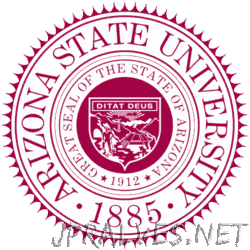Other
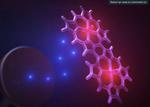
“Meeting society’s growing energy needs has become a daunting challenge for humanity. Demands for energy are expected to nearly double by the year 2050, while the effects of climate change, caused by the burning of fossil fuels, are already …

“In 2017, the first interstellar object from beyond our solar system was discovered via the Pan-STARRS astronomical observatory in Hawaii. It was named ‘Oumuamua, meaning “scout” or “messenger” in Hawaiian. The object was like a comet, but with features …
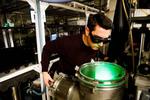
“Arizona State University’s Scott Sayres and his team have recently published an ultrafast laser study on uncharged iron oxide clusters, which could ultimately lead to the development of new and less-expensive industrial catalysts. It might also contribute to a …

“When something just works, that’s usually a good thing. But for scientists and engineers, when something works and they don’t understand the mechanism behind it, it raises enough questions to keep them up at night. Cun-Zheng Ning, a …

“Citing the startling advances in semiconductor technology of the time, Intel co-founder Gordon Moore in 1965 proposed that the number of transistors on a chip would double each year — the accuracy of that observation has been borne out. Still, it …

“Researchers from Arizona State University, North Carolina State University and the University of North Carolina have developed an intelligent system for “tuning” powered prosthetic knees, allowing users to walk comfortably with the prosthetic device in minutes rather than hours. The …

“In an article published online today in Science Advances, a team of scientists from Arizona State University’s School of Molecular Sciences and Germany offer an explanation of how a particular phase-change memory (PCM) material can work a thousand times …
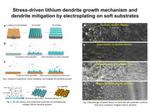
“ASU researchers find new solution for mitigating dendrite growth, which shows promise for all batteries Lithium-metal batteries are among the most promising candidates for high-density energy storage technology in an expanding range of digital “smart” devices and electrical vehicles, but …
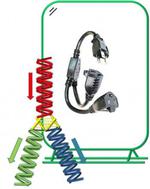
“For sheer versatility, there’s no molecule quite like DNA. The iconic double helix carries the genetic blueprint for living forms ranging from single-celled organisms to human beings. Recently, researchers have found that DNA’s remarkable properties of self-assembly and …

“An ASU-led project that makes it easier for humans and robots to communicate is among the contenders for a spot in an international competition widely considered as the “Olympics of Technology.” Three doctoral candidates in computer science at Arizona …
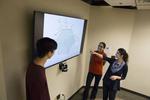
“The job would typically require a team on site using a variety of specialized tools and devices to perform tests and take measurements. Given the many interconnected components of modern bridges, some of which can be difficult to access, the …

